Survey: Here’s how experts see Fed policy hitting stocks in 2024
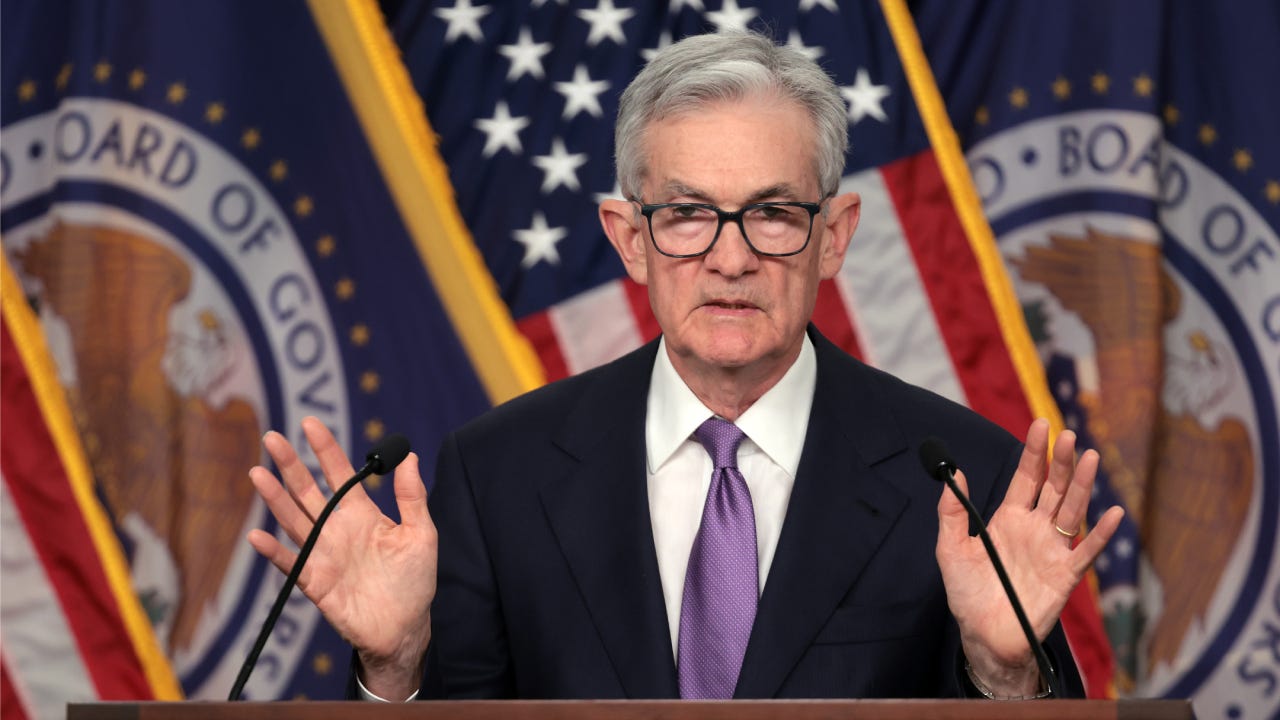
The Bankrate promise
At Bankrate we strive to help you make smarter financial decisions. While we adhere to strict , this post may contain references to products from our partners. Here's an explanation for .
The stock market has had a nice run in 2023, led by many big tech stocks. As investors began to anticipate the end of rising interest rates, they began to push up stocks, in particular a group called the Magnificent 7, especially in the fourth quarter of the year. Now, with the Federal Reserve having announced that it anticipates cutting rates in 2024, stocks have rocketed higher.
With stocks already trading at high valuations and the lack of clarity about the economy and the Fed’s actions, investors are clamoring to know where interest rates will go in the new year. But with the market led by a select few large-cap names, it looks like stocks could be topping out.
How should investors proceed in this environment? Bankrate’s Fourth-Quarter 2023 Market Mavens survey asked the pros how much next year’s performance relies on interest rate cuts and what they expect from the Fed. We also asked if the Magnificent 7 can continue to lead the market or will it be necessary to see a broad-based rally for the market to move higher overall.
Forecasts and analysis:
This article is one in a series discussing the results of Bankrate’s Fourth-Quarter 2023 Market Mavens survey:
- Survey: Here’s how experts see Fed policy hitting stocks in 2024
- Survey: Investment experts see 10-year Treasury yield falling over the next year
- Survey: Stocks to march 5.5% higher in 2024, say pros
What the pros see on the horizon for stocks and interest rates
Most analysts in the survey predict that stock market performance in 2024 hinges significantly on the Fed lowering interest rates, with some believing that it’s the only key factor. Others see rates and earnings growth as working in tandem to power stocks. While many analysts expect several rate cuts in the new year, a few analysts said that rate cuts wouldn’t even be necessary.
“The market’s advance will almost be exclusively dependent on the direction of interest rates,” says Sam Stovall, chief investment strategist, CFRA Research. He expects the Fed to cut rates twice by 0.25 percentage points each in the second half of 2024.
“The market has built in major expectations for Fed cuts in 2024, and disappointment on that front could cause downside volatility,” says Sameer Samana, senior global market strategist, Wells Fargo Investment Institute. “We see just 2-3 rate cuts next year, in the second half, and that should help with both an economic and market recovery, after a recession in the first half.”
“Markets expect over 100 basis points of cuts next year. If the Fed delivers on only half of these cuts, equities could dip by 10 percent, based on sensitivities displayed earlier this year,” says Dec Mullarkey, managing director, SLC Management. But he warns that the reasoning for the Fed’s actions matters significantly. If the Fed is being cautious, then the market may remain orderly, but if it’s because inflation remains intransigent or even rises, then downside awaits.
Other analysts think the Fed will not end up cutting rates next year or that corporate profits will be the bigger factor.
“In the short term I expect a pullback when the Fed does not cut,” says Brad McMillan, chief investment officer, Commonwealth Financial Network. “But since that lack of cuts will be driven by stronger-than-expected economic and earnings growth, the effect will be minor over the longer term. Stocks can do well at or around current rates, and no easing will be necessary.”
“Interest rates will certainly be a factor. But corporate profits will drive this market one way or the other,” says Chuck Carlson, CFA, CEO, Horizon Investment Services. “In other words, the biggest risk to the market is recession.”
What the Magnificent 7 stocks say about the market
The newly christened Magnificent 7 stocks – Alphabet, Apple, Amazon, Meta Platforms, Microsoft, Nvidia and Tesla – have led the market’s charge in 2023. That’s due in part to being the expected beneficiaries of AI and other technological advances as well as favorable trading dynamics that had investors crowding around these stocks and driving them even higher.
These stocks carry enormous weight in the S&P 500 index, propelling the index higher despite many stocks doing poorly. This situation – what pundits call “narrow breadth” – is often a sign the market is about to top out. But this situation can present opportunities for nimble investors.
“Concentrated markets and narrow breadth are typical of late-cycle dynamics, where slowing economic growth leads to fewer and fewer companies benefitting or doing well,” says Samana. “We don’t see a huge expansion in breadth ahead of our forecasted recession. Instead, it’s much more likely that a broader advance lies on the other side of a recession, once inflation has been vanquished, the Fed is cutting rates, and an economic recovery is underway.”
“If seven stocks can account for the lion’s share of a 20 percent price gain for the market-cap weighted S&P 500 in 2023, then it is fair to say their weight absolutely represents a risk for the indexes if that weight shifts in a negative way since there is so much concentration in those names,” says Patrick J. O’Hare, chief market analyst, Briefing.com.
“Given the scope of their gains in 2023, and the concentration risk embedded in the Magnificent 7, we would favor an equal-weighted approach to the market in 2024,” he says.
Unlike the traditional S&P 500, where a company’s market capitalization determines its weight in the portfolio, an equal-weighted index gives each company the same position size in the index. Even the least-weighted stock in this kind of index has the same effect as an Apple or Amazon.
The Magnificent 7 stocks will have to continue excelling to keep the market on track, unless market leadership broadens out.
“A good portion of the 2023 returns for the Magnificent 7 was due to higher earnings but a lot of it was rising multiples,” says Sonu Varghese, Ph.D., global macro strategist, Carson Group. “2024 will be about whether these companies can actually deliver on those higher multiples.”
So the market is already pricing in some earnings growth from these bellwethers that has yet to arrive. If it doesn’t arrive, the index as a whole may tumble, due to their large weighting.
Still, investors on the hunt for good value may still be able to find bargains.
“The market has somewhat ignored the rest of the S&P 500, but over the last few weeks that is starting to change, as investors hunt around for discounted stocks,” says Mullarkey. “Some beat-up sectors, such as regional banks and REITS, are getting some attention.”
“We can expect to see the Magnificent 7 to calm down a bit, but valuations for the remaining 490 or so members of the S&P 500 are much lower and offer the potential for offsetting outperformance,” says McMillan.
Again, in this situation an equal-weighted S&P 500 fund could prove attractive, since it gives investors exposure to that wide range of potentially less expensive stocks.
“Mega-cap stocks always represent risk for indexes that are market-cap-weighted,” says Kim Forrest, chief investment officer and founder, Bokeh Capital Partners. “It’s the math of it all. It will allow barbell investors like me to outperform if the shine leaves the Magnificent 7.”
Using the barbell strategy as Forrest suggests, investors would search out opportunities in neglected stocks at the other, smaller end of the S&P 500. Another option is to look at small-cap and mid-cap stocks, which are often outside the holdings of the largest indexes and investors.
Methodology
Bankrate’s fourth-quarter 2023 survey of stock market professionals was conducted from Dec. 1-11 via an online poll. Survey requests were emailed to potential respondents nationwide, and responses were submitted voluntarily via a website. Responding were: Kenneth Chavis IV, CFP, senior wealth counselor, Versant Capital Management; Sameer Samana, senior global market strategist, Wells Fargo Investment Institute; Patrick J. O’Hare, chief market analyst, Briefing.com; Dec Mullarkey, managing director, SLC Management; Kenneth Tower, CEO, chief investment strategist, Quantitative Analysis Service; Clark A. Kendall, CFA, president, Kendall Capital; Sonu Varghese, Ph.D., global macro strategist, Carson Group; Michael K. Farr, president and CEO, Farr, Miller & Washington; Brad McMillan, chief investment officer, Commonwealth Financial Network; Sam Stovall, chief investment strategist, CFRA Research; Kim Forrest, chief investment officer/founder, Bokeh Capital Partners; Chuck Carlson, CFA, CEO, Horizon Investment Services.
Editorial Disclaimer: All investors are advised to conduct their own independent research into investment strategies before making an investment decision. In addition, investors are advised that past investment product performance is no guarantee of future price appreciation.
Related Articles
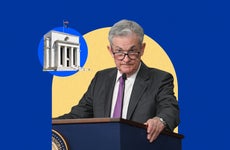
Will stubborn inflation force the Fed to raise interest rates again?
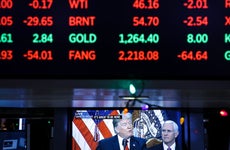
Investors optimistic about 2019 despite uncertainty about Trump administration
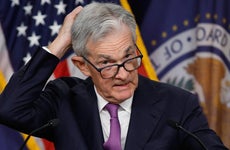
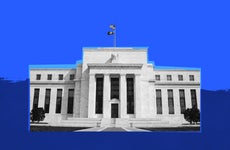
Forecast survey: Expect Fed to slash interest rates near zero in 2020 to battle coronavirus fallout